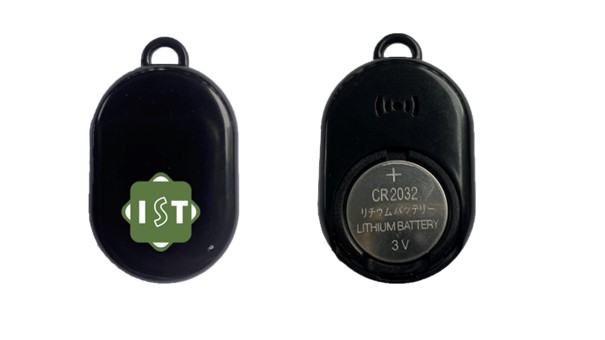What is Indoor Location Tracking and Positioning?
Indoor tracking localizes and follows the movement of entities (people and objects) inside buildings. Indoor tracking is enabled by indoor positioning systems, a network of electronic devices and computer software that is used to locate people or objects where and when GPS lacks precision or fails entirely. While the terms indoor tracking and indoor positioning are interchangeable, there are multiple different types technology, as well as techniques, currently being used to calculate and provide real-time location data, it is necessary to define them separately.
Indoor Location Technologies
While GPS (global positioning system) remains the most prevalent and well-known technology for locating and tracking entities outdoors, there are multiple different technologies that can also be used for indoor tracking and positioning. These include radio-based, optical, magnetic and acoustic technologies. While each of them has its own fit to cover a specific use case, it is radio-based UWB RTLS that ensures the accuracy, reliability and scalability needed for indoor tracking, even in harsh conditions. Making UWB RTLS the right first choice for “Indoor GPS“.
| Radio | Optical | Magnetic | Acoustic |
|---|---|---|---|
| UWB (Ultra-wideband) | Video camera | Magnetic strength | Ultrasound |
| Bluetooth (e.g. Beacons) | Lidar (Light Detection and Ranging) | ||
| UHF RFID | Infrared light pulses | ||
| Wi-Fi (Wireless Fidelity) | VLC (Visible light communications) |
How Does UWB RTLS Indoor Location Tracking and Positioning Work?
To track entities within a facility, anchors must be deployed on the ceiling to receive the signals transmitted from the tags attached to the entities that need to be tracked. Anchors receive the signals from the tags and forward them to a server, which then calculates the real-time location of the entity. The same infrastructure created by the anchors’ network can be used for tracking any type and number of objects at the same time.

Quick Start: Indoor Positioning Systems
Indoor positioning systems (IPS) enable locating the position of objects or people within buildings. Since GPS is unreliable in interior spaces because there is no visual contact with the GPS satellites, an IPS (indoor positioning system) must use other positioning methods. These include, for example, the common consumer standards Wi-Fi or Bluetooth Low Energy (BLE), but also solutions based on Ultra-wideband (UWB) or passive RFID. infsoft's systems are suitable for both indoor and outdoor use. The first and most important step in the implementation of locating systems is the selection of the positioning method and technology.
How Does Indoor Positioning Work?

When it comes to localization within buildings, a distinction can be made between client-based and server-based positioning. Client-based localization enables determining the position directly on the end user's device (e. g. smartphone). In the case of server-based localization, positioning takes place on a server.













